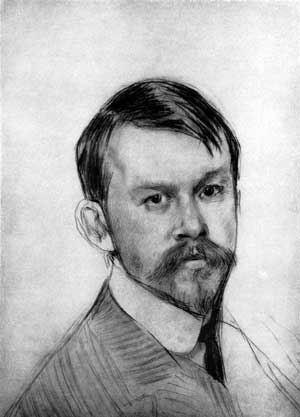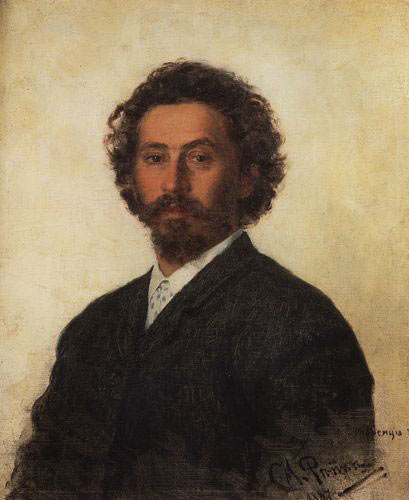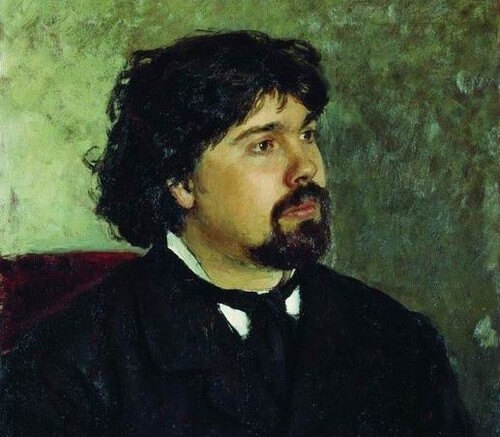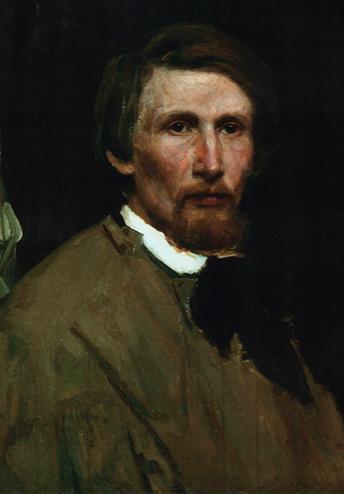Rene Magritte: Paintings with the Titles and Descriptions. Artist’s biography

Rene Francois Ghislain Magritte was born on 21 November 1898 in Lessines province of Belgium, in the family made by the artist and textile merchant. His mother Regina was a hatmaker, before she married Leopold. She tried to commit suicide several times. Once, Leopold had to lock her in the room to prevent her from harming herself. However, she drowned herself in the river in 1912.
The fourteen-year-old boy watched her body being taken out of the river. This significantly affected his future works, same as many other mystic and tragic events of his youth did. The artist was sure that he was endowed with some superpower.
Straight after the completion of World War I, and invasion of the German army to Belgium on 4 August 1914, Magritte dropped out of the school and entered the Royal Academy of Fine Arts. After three years he left the Academy due to the lack of interest, moreover the future artist used to miss the lectures far too often.
Before joining military service back in 1920, he arranged the exhibition of his own works. Rene served in the army for a year and kept creating during all that time. In 1922, he married Georgette Berger, whom he met after eight years spent separated. The guy fell in love with the butcher’s daughter and stayed close to her until her parents made a decision to move to Brussels.
For unknown reasons, the couple could not become parents. Two miscarriages happened, and then they decided to give up. However, even without children, their funds were running low, making it necessary for Magritte to go to the factory to work as the designer.
In 1927, Rene moves to Paris with his spouse. During that period of time, he started to write obvious projects, specifically giving them incorrect titles. The painting depicting a smoking pipe, was signed “This is not a pipe” by Magritte.
However, other artists ignored him and his paintings. Any efforts made by him to establish contact did not give success. One day, his family had an appointment with Henri Breton, the artist, who was zealous atheist, who observed a cross on Georgette’s chest and asked to remove it immediately. There was a scandal, as a result of which Rene with his wife had to leave the Breton’s home and, subsequently, the community.
Many of the surrealists chose not to consider the ordinary boring objects important enough. They either dissolved, melted, or split them. With Rene, such objects did not turn into anything else. The artist combined the objects with each other in such a skillful manner that the viewers, when watching the ordinary things, see the unsolved mystery of the universe, with the very meaning of being is hidden. That was exactly what Magritte wanted. His paintings are a mystery making people think. Rene is an illusionist, telling us through his works that not all that glitters is gold, meaning that the image of the object is not an object itself.
In 1931, the couple returns to Brussels again, because of the financial crisis. Magritte starts working as a designer, drawing socialist posters, and creating pedestals. Due to all these, Rene barely manages to find any time for painting, but it is during the crisis that he reaches the apogee in his creation. In two years’, things went uphill again, and he made peace with the surrealists.
After the World War Two, he got removed from the community of artists again, and changed the palette of his paintings. At the time of the occupation of Belgium, it was critical to inspire people with faith and hope needed for a brighter future. And, he succeeded, owing to the bright colors and colorful imagery, like Renoir’s artistic style. But, after the war, he returned to the old style.
Rene Magritte passed away on August 15, 1967 in Brussels from pancreatic cancer, leaving a new version of the painting "Empire of Light" incomplete.
Comments (1)
Top
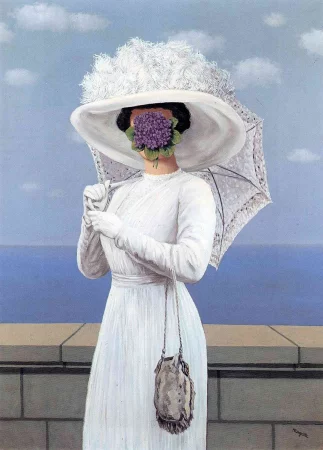 Painting The Great War, Rene Magritte - Meaning and Analysis
Painting The Great War, Rene Magritte - Meaning and Analysis
The Great War - Rene Magritte. Canvas, oil. 81 x 60 cm...
10.10.23
1 479
0
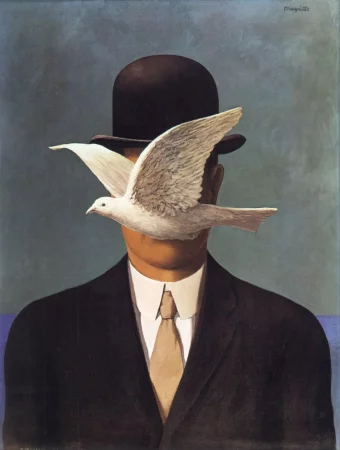 The man in the bowler hat, Rene Magritte
The man in the bowler hat, Rene Magritte
The man in the bowler hat - Rene Magritte. Canvas, oil. 70 x 50 cm...
06.09.23
3 254
0
